Cannabinoid THC Dominant
THC 17 - 23.17%
CBD 0.54 - 0.89%
Effect Sleepy
Side Effect Thirst and dry mouth
Flavor Sweet
Dutch Treat Haze Strain
THC
CBD
Potency
This hybrid incorporates the genes of 2 popular cannabis strains – Super Silver Haze and Dutch Treat. It has an average THC content that varies between 17% and 23.17%. Other cannabinoids detected in this marijuana type are:
- CBD 0.54-0.89%
- CBC 0.16-0.36%
- CBG 0.05-0.5%
- CBN 0.06-0.23%
- THCV 0.3-0.37%
It can be overwhelming for people who are new to smoking kush because of possible strong psychoactive effects.
Strain Aroma and Flavor
The strain has gained its reputation as a flavorful and powerful weed. Its aroma is complex, but lemon and woody notes are undoubtedly present. These odors prove that the strain is rich in terpinolene. Also, it produces spicy and herbal scents typical for terpineol with sweet notes as affected by caryophyllene.
Dutch Treat Haze Effects and Medical Uses
This cannabis hits users in the head with a happy state that improves mood and leaves people happy. This high is blended with increased motivation and creative inspiration. Usually, it comes with a tendency to become talkative. It stimulates appetite and gives a burst of sociability. When people proceed to smoke or when the weed is used in high doses, it may lead to sedation and relaxation, sometimes turning consumers into a sleepy state.
This evenly-balanced hybrid brings therapeutic alleviation to medical users. They can expect hours of relief from a number of ailments:
- Stress
- Inflammation
- Fatigue
- Arthritis
- Pain
- Lack of appetite
- Insomnia
If the Dutch Treat Haze strain is used above moderate levels, the following side effects may occur:
- Thirst and dry mouth
- Dizziness
- Slurred speech
- Rapid heartbeat
- Heightened sensory perception
Growth Tips
Most growers claim that cultivation of the Dutch Treat Haze strain is not difficult. It has an average of 57-63 flowering days and develops plants of 60’’-80’’ in height that form small and dense buds. The harvest is expected in 68 days after germination. The yields are moderate – 1-2 oz./ft2.
Side Effects
Simply let us know how this strain tastes or write a detailed review.
Dutch Treat Haze Strain Cannabinoids
| THC | Tetrahydrocannabinol, or THC, is a major cannabis chemical compound. It is a psychoactive element that stimulates dopamine release and induces euphoria or happiness. THC-rich strains may be helpful with such conditions as lack of appetite, chronic pains , etc. It is considered to be the primary active marijuana component. | 17 - 23.17% |
| CBD | Cannabidiol, or CBD, is a major compound in cannabis, which is non-psychoactive. It is also proved to counteract the side effects of the second major component THC. CBD is widely used for medicinal purposes in rubs, oils and so on. It is helpful in muscle pain cases, may treat arthritis and migraines. Even Greeks used it against pain, while Queen Victoria applied it to get rid of menstrual cramps. | 0.54 - 0.89% |
| CBC | Cannabichromene, or CBC, is a minor cannabinoid, meaning that its quantity in cannabis is quite little. Though it has the same origin as CBD and THC, it is different in functions. Without any psychoactive effects, it is an efficient cannabis compound in combating acne and depression. CBC produces analgesic, antibacterial and anti-inflammatory effects. | 0.16 - 0.36% |
| CBG | Cannabigerol, or CBG, is one of the minor cannabis compounds in adult plants. On the other hand, young ones contain a lot of this antibacterial and anti-inflammatory component. During the growth, CBG is converted into different cannabinoids, mostly THC and CBD. The compound itself increases appetite and decreases eye pressure. | 0.05 - 0.5% |
| CBN | Cannabinol, or CBN, is a trace element in cannabis that is considered to be mildly psychoactive. It appears from oxidation THC, exposed to light and heat. CBN is mostly contained in old cannabis and in traditional hashish. It is effective against insomnia, bacterial infections and appetite loss. | 0.06 - 0.23% |
| THCV | Tetrahydrocannabivarin, or THC-V, is a compound contained in cannabis in trace amounts. Even though it is close to THC molecularly, it is different in effects. This compound may be psychoactive only in large amounts. THC-V reduces blood sugar, controls appetite, stimulates bone growth, etc. African Sativa strains are the richest in THC-V. | 0.3 - 0.37% |
Dutch Treat Haze Terpene Profile
| Pinene | Pinene is one of the most widespread terpenes in nature, found in pine trees, basil, nutmeg, parsley, and rosemary. Cannabis containing terpene (alpha-pinene or α-pinene) boasts a strong pine scent. Pinene is responsible for anti-inflammatory, pain-relieving, and anti-anxiety effects. | 0.1% |
| Myrcene | Myrcene (also known as β-myrcene) is one of the most common terpenes found in cannabis, representing more than 20% of the modern marijuana terpene profile. Myrcene has a distinct earthy, musky flavor, resembling cloves. It is responsible for calming and soothing effects of weed. Myrcene is also found in hops, thyme, mango, lemongrass, guava melon. | 0.15% |
| Humulene | Humulene (also known as α-humulene) is one of the major terpenes found in cannabis, contributing to woody, earthy, spicy, herbaceous, and, mainly, floral aromas of cannabis. Used in modern medicine, humulene offers anti-inflammatory, antibacterial, and appetite suppressant effects, which have been well-researched by pharmaceutical companies. | 0.03% |
| Limonene | Limonene (also known as d-limonene) is the second most common terpene in nature and the third most common terpene in cannabis. It has a powerful citrus aroma and can be found in all citruses, including lemons, oranges, grapefruits, limes, juniper, etc. Limonene is known to elevate moods and provide anxiety, depression, and stress relief. | 0.04% |
| Linalool | Linalool (also known as beta linalool, linalyl alcohol, linaloyl oxide, and p-linalool) is one of the rarest terpenes found in cannabis, mostly in small quantities. Linalool is known for its spicy and lavender aroma, bringing relaxation and calming effects. It is also said to provide anti-inflammatory and analgesic properties that can be useful for athletes. | 0.04% |
| Terpineol | Terpineol (also known as alpha-terpineol or a-terpineol) is a terpene naturally occurring in more than 150 plants, including lilacs, lime blossoms, eucalyptus sap, and pines. Among the therapeutic qualities are anti-inflammatory, antioxidant, antitumor, and antimicrobial. In cannabis, terpineol boasts the distinctive pine smoke aroma and causes a relaxing, sedative effect. | 0.29% |
| Terpinolene | Terpinolene is one of the most common terpenes found in cannabis; however, It's usually presented in small quantities. Is responsible for piney, floral, herbaceous, and even a little bit citrusy aroma of cannabis. Terpinolene can be found in lilacs, nutmeg, and cumin. In cannabis, terpinolene contributes to the sensation of "freshness." Has the potential to reduce the risk of heart diseases. | 0.18% |
| Caryophyllene | Caryophyllene (also known as beta or b caryophyllene) is a terpene found in many herbs and spices, such as black pepper, basil, rosemary, and oregano. Cannabis high in caryophyllene delivers a strong spicy, peppery aroma, resembling cinnamon and cloves. Caryophyllene offers potent anti-inflammatory and sedative effects. | 0.17% |
| Total terpenes content | 1.00% |
Growing Info
Dutch Treat Haze strain lineage
Similar Strains
THC 20.5 - 24.5%
CBD 0.05 - 1.11%
Effect Calm
Flavor Pepper

THC 19.8 - 22%
CBD 0.55 - 0.91%
Effect Euphoric
Flavor Skunk
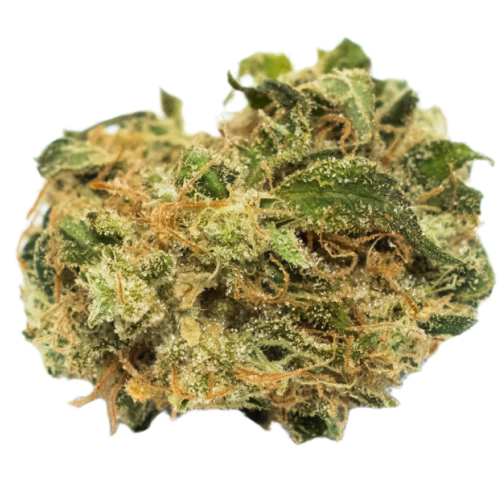
THC 23 - 27%
CBD 0.16 - 0.65%
Effect Euphoric
Flavor Citrus
THC 15.17 - 17.67%
CBD 0.41 - 0.64%
Effect Happy
Flavor Citrus
THC 14 - 18.33%
CBD 0.37 - 0.62%
Effect Happy
Flavor Citrus
THC 17.67 - 19.67%
CBD 3.86 - 4.58%
Effect Tingly
Flavor Skunk
THC 17.75 - 19.5%
CBD 0.53 - 0.86%
Effect Relaxed
Flavor Grape
THC 23 - 24.75%
CBD 0.22 - 0.43%
Effect Happy
Flavor Spicyherbal
THC 14 - 17%
CBD 0.06 - 0.56%
Effect Tingly
Flavor Citrus
THC 21.2 - 23.6%
CBD 2.24 - 2.61%
Effect Uplifted
Flavor Lemon

THC 19 - 21.25%
CBD 0.23 - 0.49%
Effect Relaxed
Flavor Pine

THC 14 - 17%
CBD 0.77 - 1.56%
Effect Creative
Flavor Sweet
THC 19.5 - 22.5%
CBD 0.33 - 0.62%
Effect Happy
Flavor Sweet
THC 18.8 - 21.4%
CBD 0.41 - 0.82%
Effect Creative
Flavor Berry
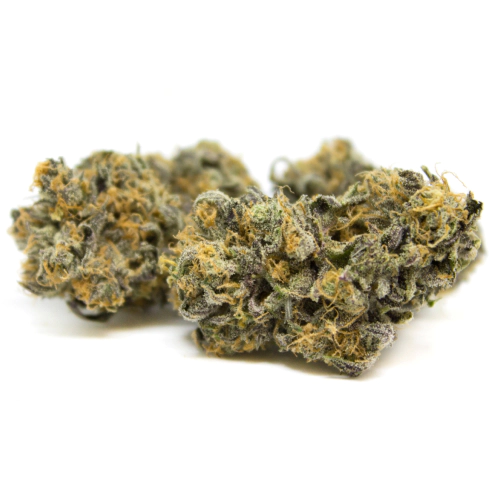
THC 16.67 - 18.33%
CBD 0.3 - 0.5%
Effect Relaxed
Flavor Pungent
THC 19.33 - 22.67%
CBD 0.44 - 0.85%
Effect Happy
Flavor Spicyherbal
THC 18.4 - 20.8%
CBD 0.24 - 0.53%
Effect Sleepy
Flavor Skunk
THC 20 - 23%
CBD 0.66 - 0.79%
Effect Happy
Flavor Butter
THC 18 - 24%
CBD 0.5 - 0.92%
Effect Giggly
Flavor Butter
THC 15.5 - 19.5%
CBD 0.27 - 0.86%
Effect Giggly
Flavor Apricot
THC 12.63 - 17.94%
CBD 0.02 - 0.29%
Effect Sleepy
Flavor Apple
THC 10 - 15.25%
CBD 5.5 - 6.25%
Effect Uplifted
Flavor Tar
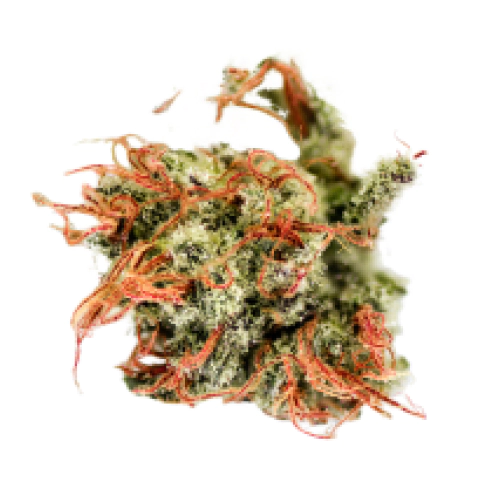
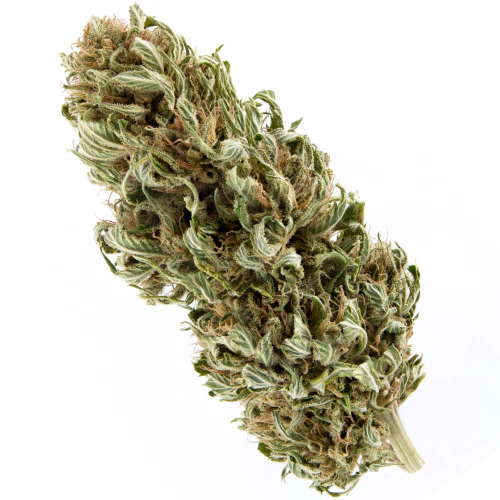
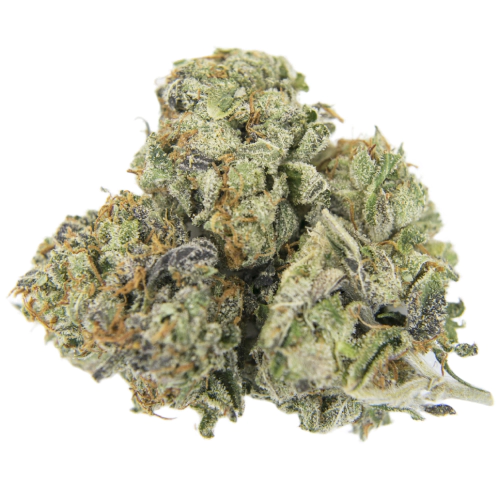
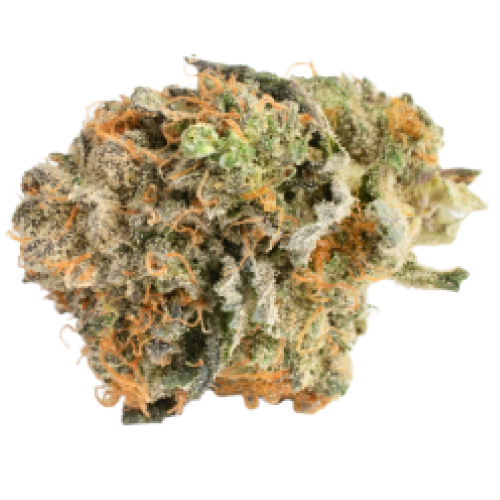

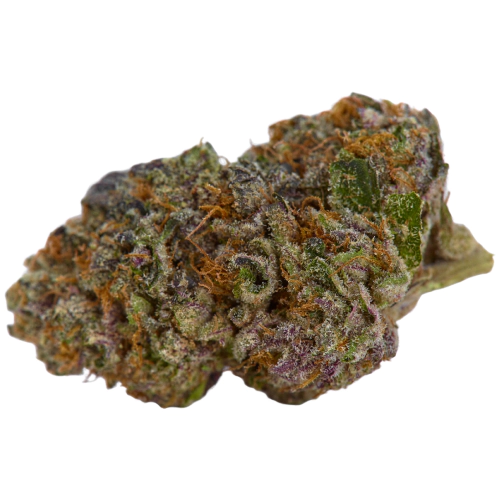
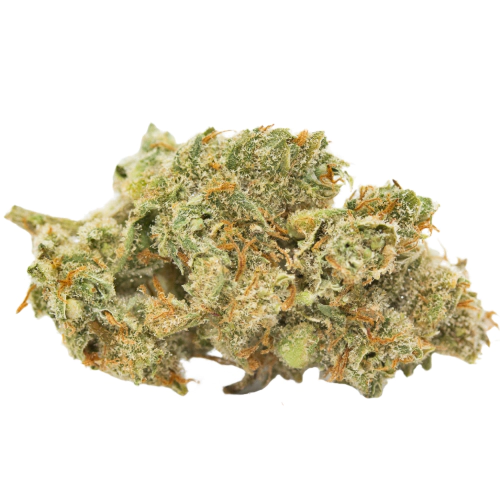

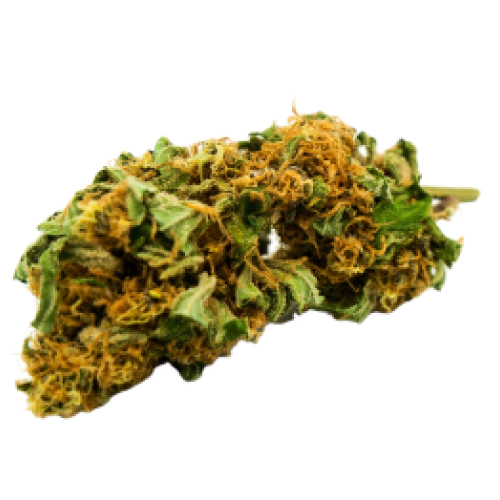

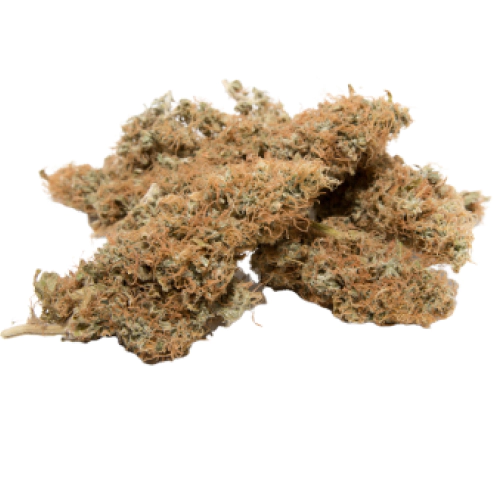

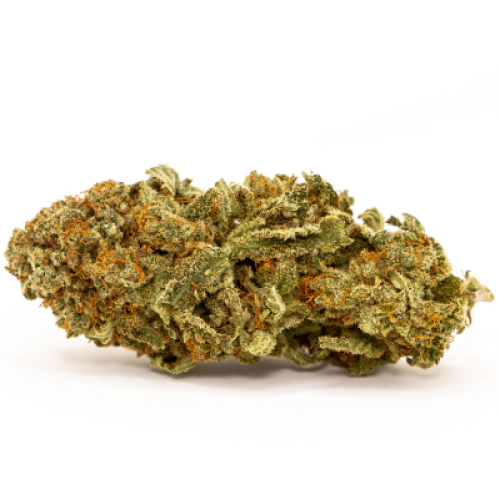
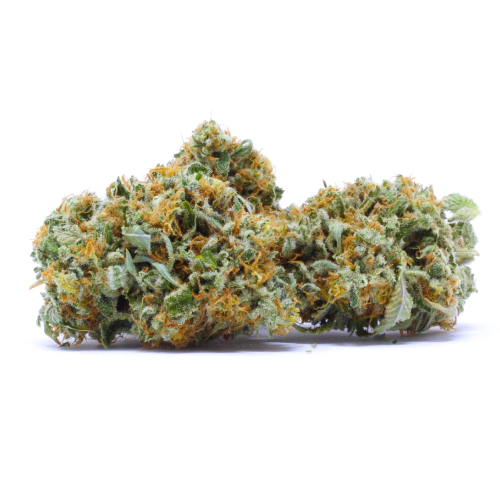

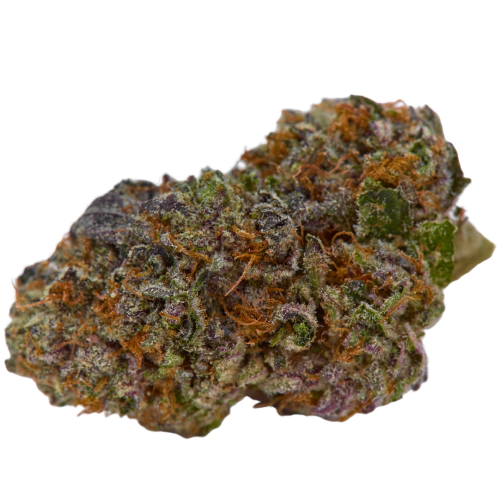


Be the first and share your opinion
Write a Review